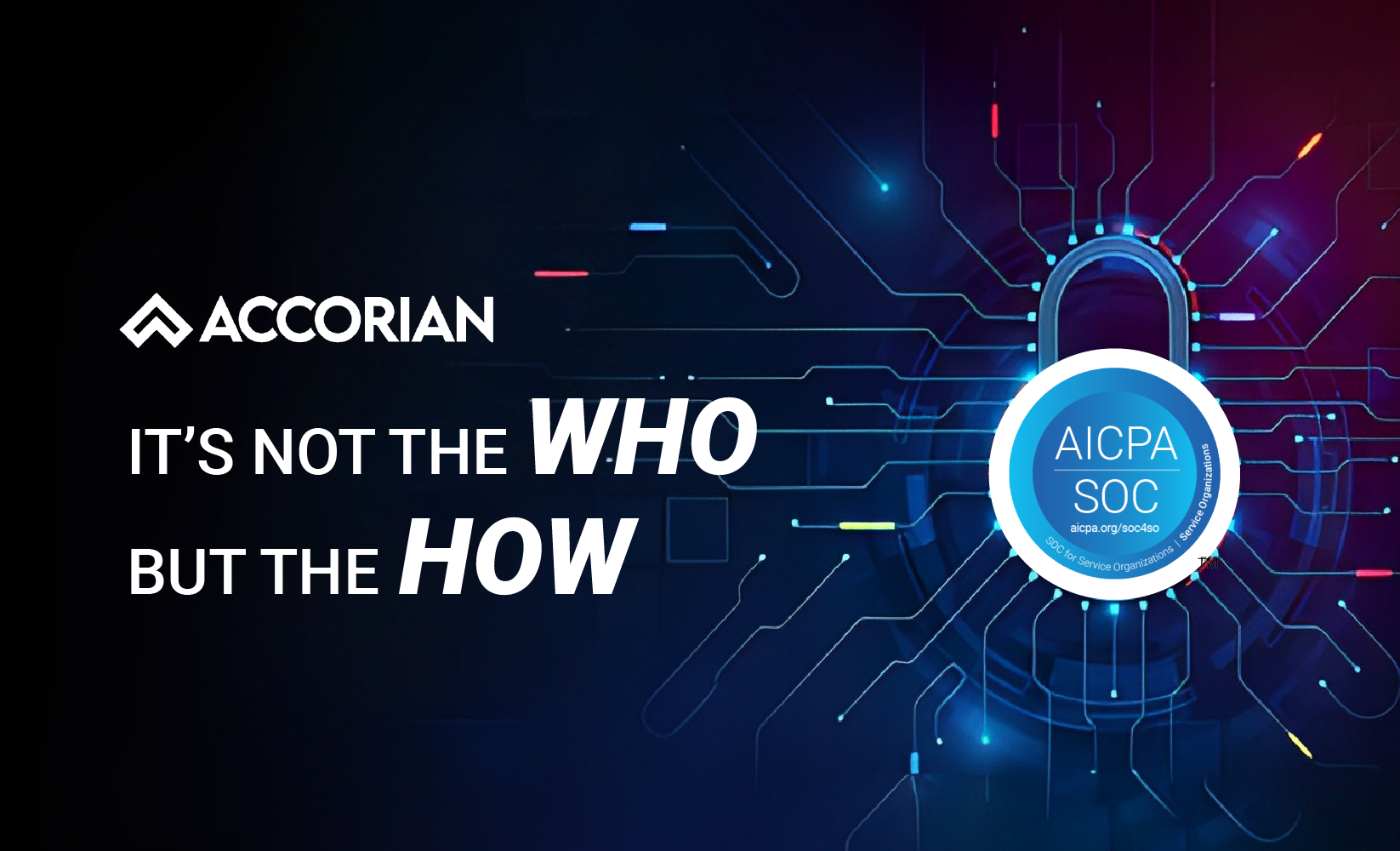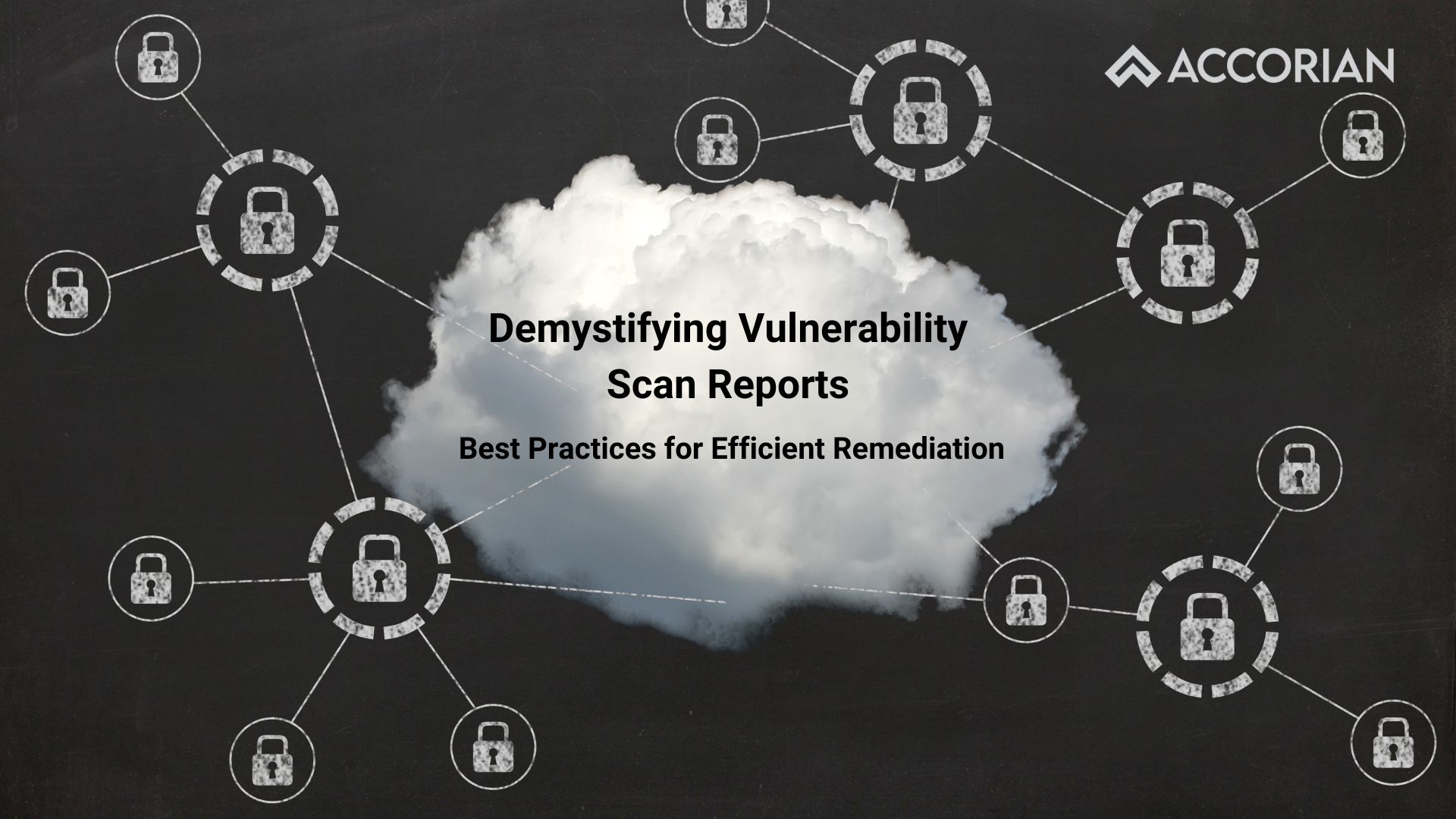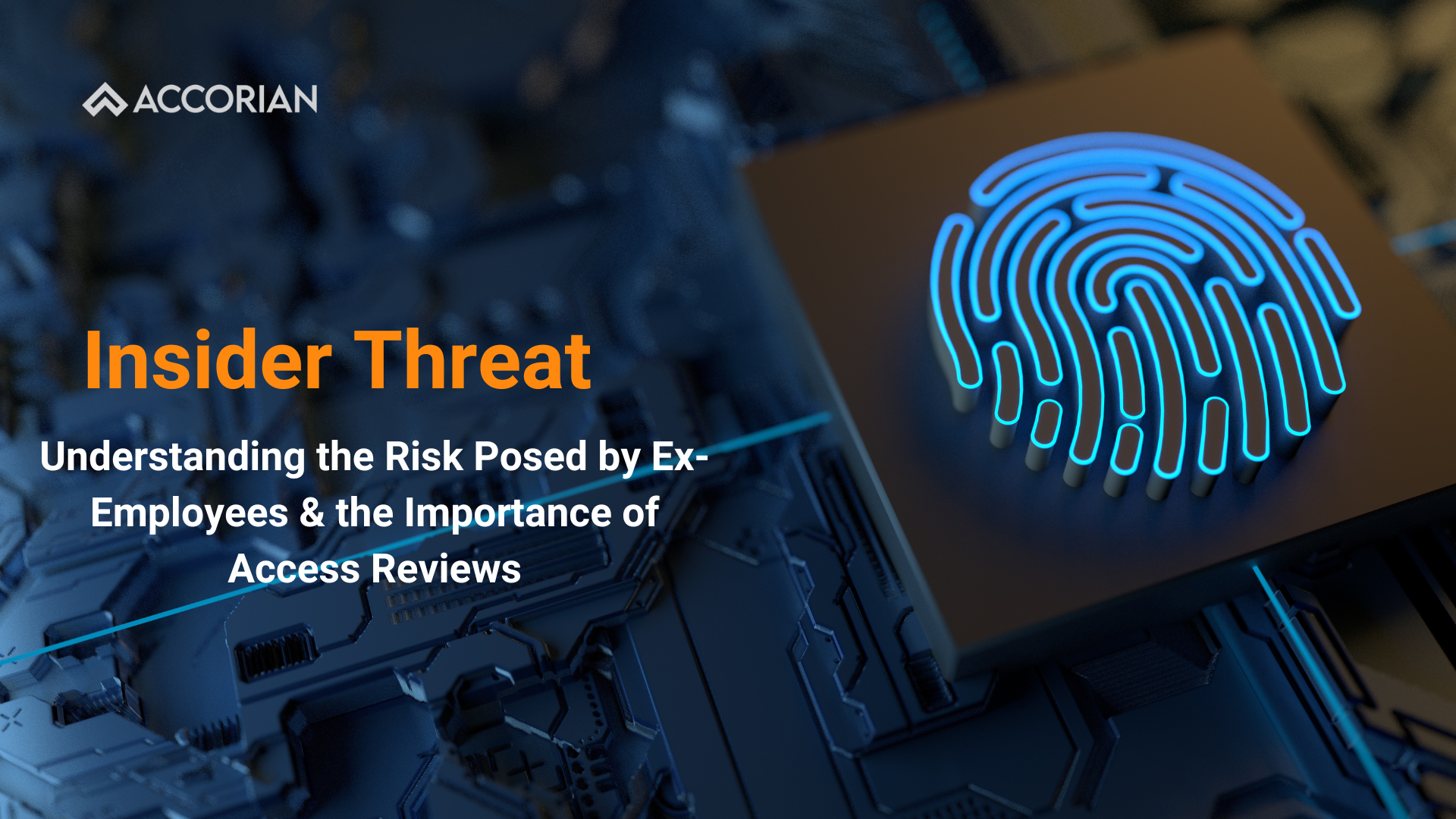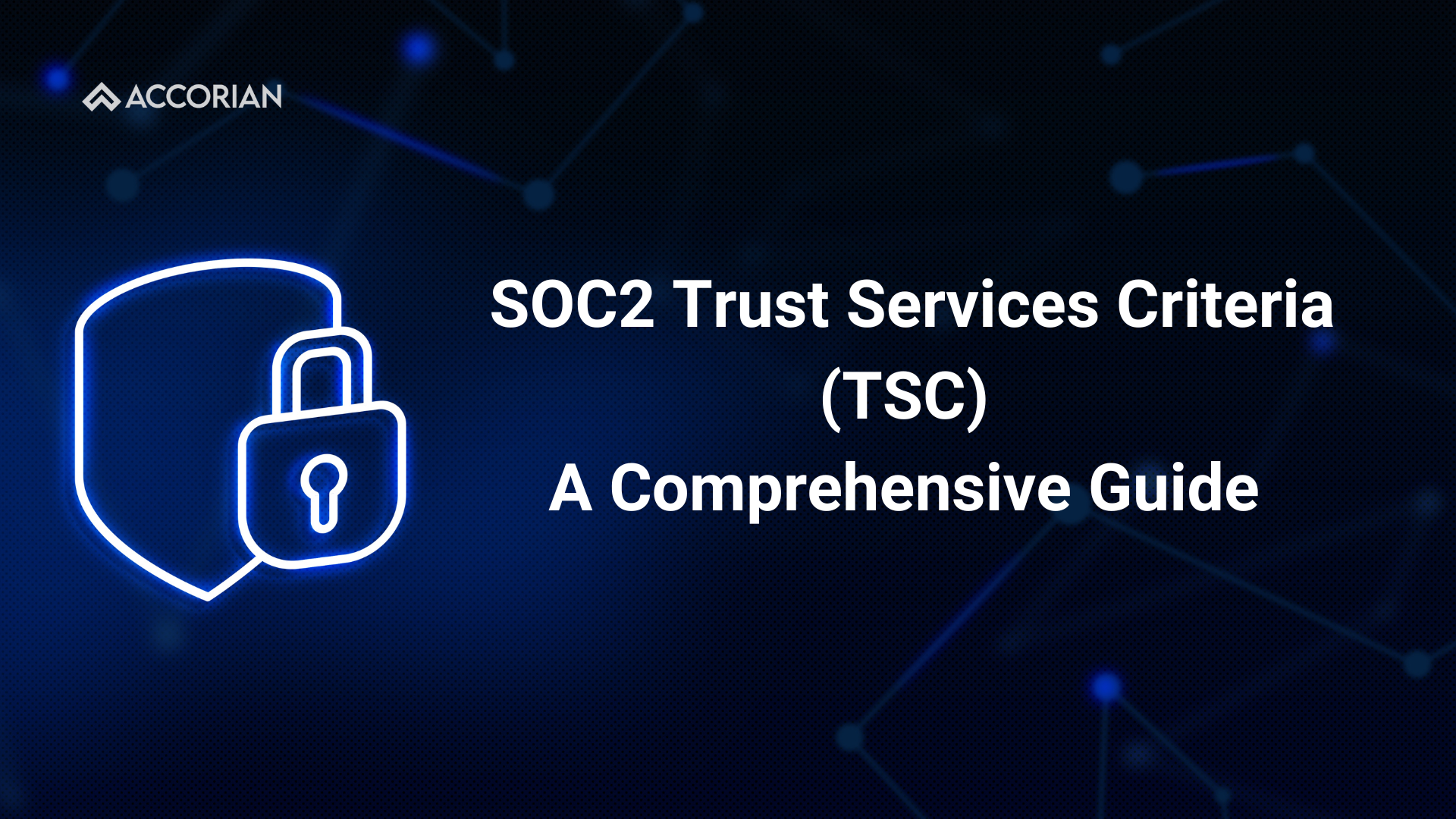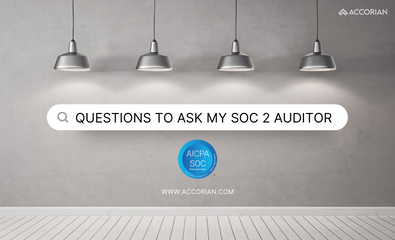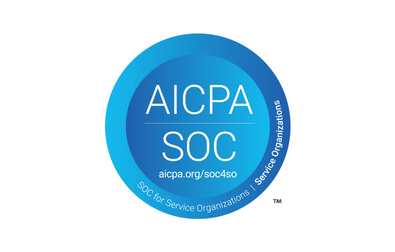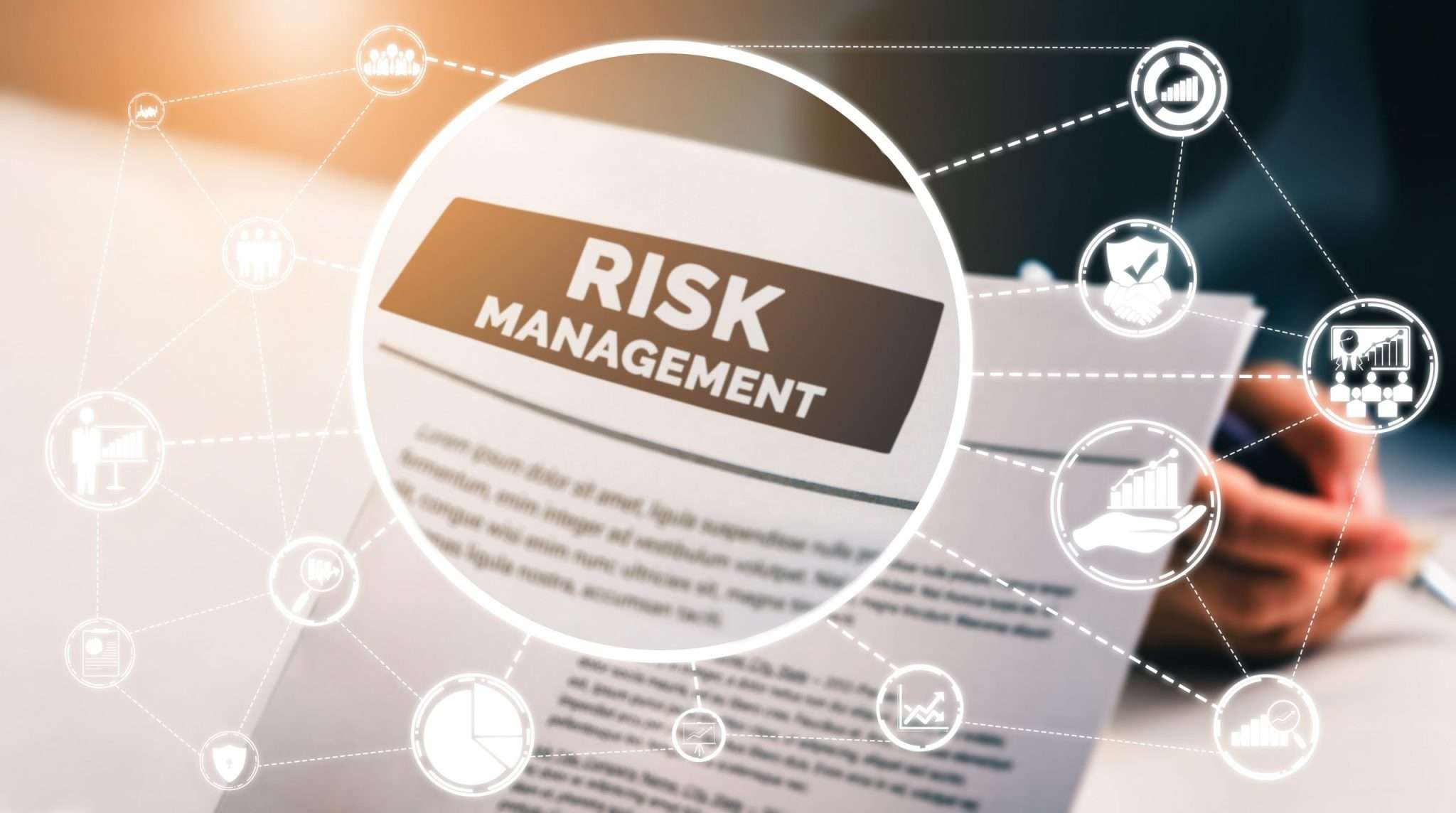Category: SOC2
Here’s why clients choose Accorian over their competitors for their SOC 2 Compliance. 1 Competitors: Often follow a traditional approach to SOC 2 compliance, which may rely on established methodologies and practices, leading to a lack of innovation and failure to address emerging security threats and vulnerabilities. Accorian: We take an innovative approach to SOC […]
July 6, 2023
Written By Somya Agarwal II In today’s ever-evolving cybersecurity landscape, businesses face constant cyber threats and data breaches. The first quarter of 2023 alone has witnessed over six million records exposed globally, according to Statista. This alarming statistic underscores the growing concern for cybersecurity among organizations worldwide. Therefore, vulnerability scanning is crucial in cybersecurity to […]
July 3, 2023
Written By Vignesh M R II In today’s business landscape, organizations face a plethora of cybersecurity challenges, with insider threats being one of the most formidable adversaries which can inflict severe damage on an organization’s financial stability, reputation, and overall operational effectiveness, regardless of whether they are deliberate or not. According to the Ponemon Institute […]
June 21, 2023
Written By Om Hazela & Sarthak Makkar ll Information security is a major concern for organizations, especially those that rely on third-party vendors such as cloud service providers and SaaS providers. The potential risk of these providers mishandling data might leave firms vulnerable to attacks and data breaches. According to cybersecurity statistics, the average cost of […]
June 12, 2023
Written By Om Hazela & Sarthak Makkar || Ideally You want to find a service provider to take you from SOC 2 readiness to report. SOC 2 is a third-party review that attests the organization’s ability to protect the data and information they process and store. Given the current scenario where a lot of data breaches […]
December 6, 2022
Everything you need to know about getting your SOC 2 Written by Om Hazela Accorian has aided 100s of companies in attaining SOC 2 compliance through its end-to-end implementation services. Subsequently, our audit arm – Accorian Assurance, has enabled independently conducted audits and attestations to provide clients with their SOC 2 reports. In the last […]
September 2, 2022
Today’s world is an ever-changing scenario with changes to the technology sector happening more frequently than ever due to emerging technologies. The case is quite similar in the field of Cyber Security. There are a few industry-acclaimed cybersecurity standards for governing the processes and execution of these standards. These standards are usually built upon a […]
June 8, 2020
A risk management program allows you to manage overall information security risk. It is an approach to identify, quantify, mitigate, and monitor risks. The reason to look at risk in a comprehensive manner is to make sure no one area is getting too much attention or, too little. Frameworks also help you identify the bigger […]
May 10, 2020

